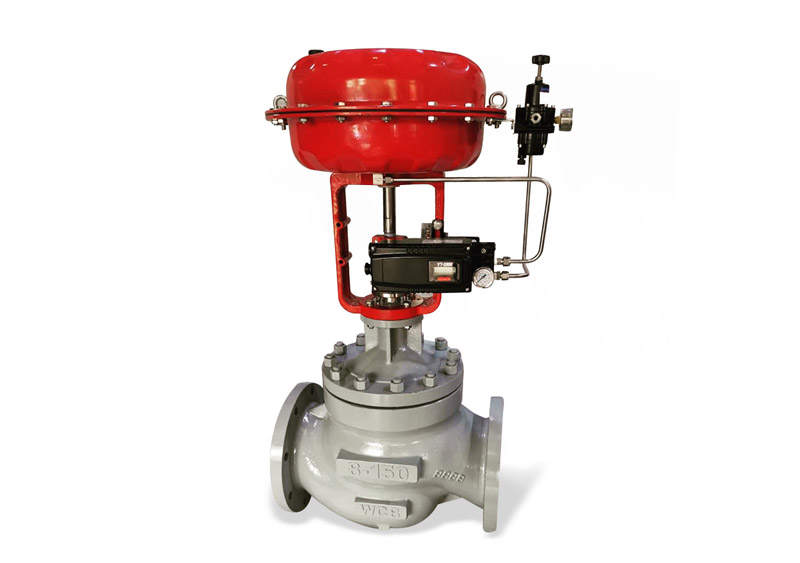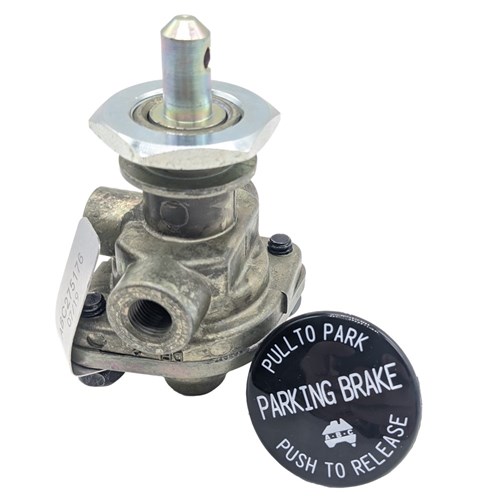Achieve Seamless Combination and Control With High Quality Structure Automation Controls
In the realm of modern structure management, the significance of quality building automation controls can not be overstated. As modern technology continues to advancement, the combination and control of different systems within a structure have advanced to be a lot more innovative and efficient. The smooth operation and monitoring of lighting, COOLING AND HEATING, safety, and various other structure features have actually come to be paramount for enhancing owner comfort, power performance, and overall operational performance. Nonetheless, the trip towards accomplishing real combination and control is a multifaceted one, with considerations ranging from system compatibility to cybersecurity. Welcoming quality building automation controls is not merely a matter of convenience but a tactical essential for organizations intending to maximize their facilities' performance and sustainability.

Advancement of Structure Automation Controls
Throughout the past couple of years, the evolution of developing automation controls has dramatically transformed the method buildings are taken care of and run. Initially, building automation systems primarily concentrated on basic features such as managing air, ventilation, and home heating conditioning (COOLING AND HEATING) systems. Nonetheless, as technology advanced, these controls have become much more sophisticated, enabling a broader variety of structure systems to be incorporated and taken care of centrally.
The advancement of building automation controls has actually seen a change towards more intelligent systems that can adjust to altering conditions in real-time. This versatility is essential for enhancing power effectiveness and making sure owner convenience. Additionally, modern building automation controls now use attributes such as predictive maintenance, remote surveillance, and information analytics, enabling center supervisors to make data-driven choices to enhance building efficiency.

Advantages of Quality Integration
The development in building automation regulates in the direction of more smart systems has underscored the substantial benefits of high quality assimilation in maximizing structure procedures and enhancing general effectiveness. Quality integration of building automation controls uses a number of essential advantages. It leads to enhanced power effectiveness by permitting various systems to work together seamlessly, making certain optimum efficiency and reducing power wastage. Quality combination enhances resident comfort and performance by allowing personalized control over ecological settings like illumination, temperature level, and air high quality. This personalization can result in a more comfy and favorable working or living environment. Additionally, quality combination simplifies upkeep and repairing processes, as all systems are adjoined and can be kept track of and controlled from a centralized interface. This central control also supplies better presence and understandings right into building efficiency, enabling proactive maintenance and optimization strategies. On the whole, the advantages of high quality combination in structure automation controls are obvious, offering raised performance, convenience, and operational performance.
Improved Customer Experience and Access
Enhancing user communication with building automation regulates via intuitive design and enhanced access elevates the total experience for occupants and facility managers alike. By concentrating on customer experience, building automation systems can come to be much more easy to use and effective. Instinctive interfaces, clear navigating, and adjustable settings equip individuals to interact with the controls conveniently and effectively.
Accessibility functions play a critical role in guaranteeing that all home people, including those with specials needs, can utilize the structure automation manages effortlessly. Incorporating attributes such as voice commands, tactile switches, and color-contrasted displays can enhance ease of access and make the controls much more inclusive.
Furthermore, enhanced customer experience causes higher customer contentment, boosted productivity, and far better decision-making. Occupants can adjust environmental settings according to their choices, while facility managers can efficiently keep an eye on and manage structure systems - control valves. Overall, prioritizing customer experience and availability in structure automation controls adds to an extra effective and smooth building environment for all stakeholders involved
Sustainable Practices With Automation

Additionally, automation can promote the assimilation of renewable power resources such as solar panels or wind turbines right into building operations. With automation, structures can align with modern sustainability goals and add to a greener future.
Future Trends in Building Control Equipment
In expectancy of progressing and advancing modern technologies sustainability techniques, the trajectory of structure control systems is positioned to welcome cutting-edge options and transformative approaches. One popular trend shaping the future of building control systems is the enhanced integration of Artificial Intelligence (AI) and artificial intelligence. These technologies make it possible for structures to adjust in real-time to changing conditions, maximizing energy usage and enhancing convenience for owners. In addition, the Internet of Points (IoT) is changing structure control systems by connecting gadgets and sensors to enhance and simplify procedures performance.
One more crucial fad is the emphasis on cybersecurity measures to secure against prospective risks to building automation systems. As structures come to be more interconnected, making sure robust cybersecurity methods will be necessary to safeguard delicate information and prevent unapproved access.
Furthermore, the shift in the direction of cloud-based systems is gaining momentum, permitting for centralized control and remote access to building systems. This promotes simpler tracking, upkeep, and updates, boosting the general efficiency and versatility of structure control systems. As innovation remains to development, these trends are expected to form the future landscape of building automation controls, driving development and sustainability in the built atmosphere.
Conclusion
Future trends in structure control systems Related Site are most likely to focus on additional enhancing automation capabilities for boosted power effectiveness and total performance. It is crucial for building proprietors and operators to prioritize the adoption of quality structure automation controls to maximize structure procedures and accomplish long-term sustainability goals.
In the realm of modern-day structure management, the value of top quality structure automation controls can not be overemphasized. Overall, the development of building automation controls continues to drive advancement in the building monitoring market, using brand-new possibilities for producing smarter and a lot more lasting structures.
The advancement in structure automation manages in the direction of even more intelligent systems has underscored the considerable advantages of high quality integration in maximizing structure operations and boosting total effectiveness. Generally, prioritizing individual experience and availability in building automation controls contributes to an extra seamless and efficient structure atmosphere for all stakeholders involved.
It is you can try these out necessary for building owners and drivers to prioritize the fostering of top quality building automation regulates to optimize structure operations and achieve long-term sustainability objectives. - control valves